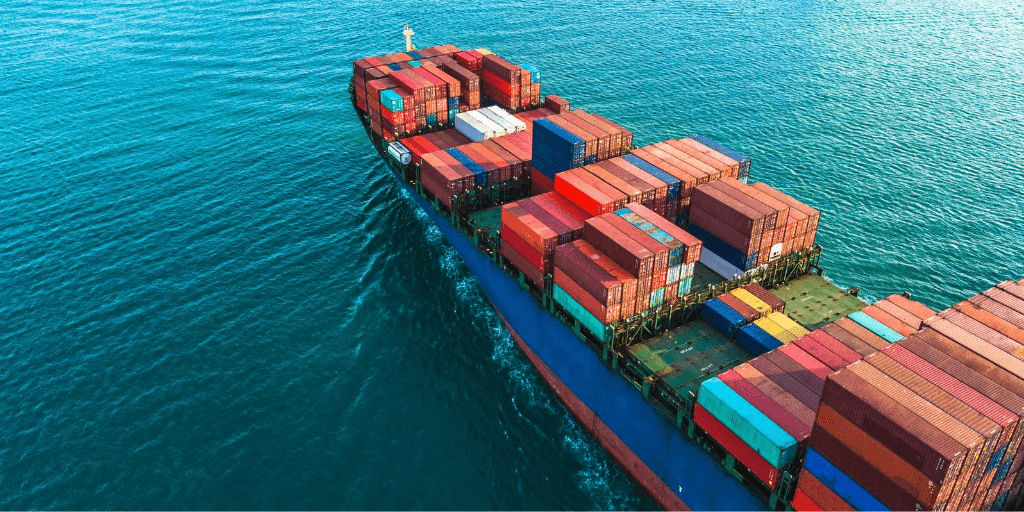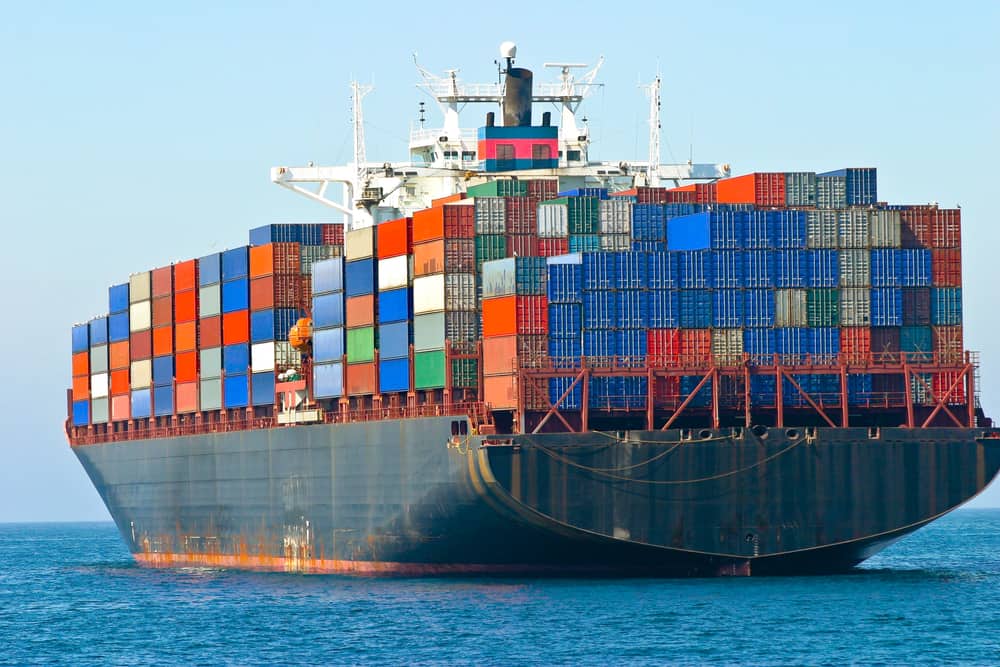
Shipping containers are an integral part of many global supply chains. They provide a secure and reliable way to move goods from point A to point B, no matter how far apart they may be. Shipping containers come in various sizes and materials, making them versatile enough for almost any cargo-carrying application.
The security features provided by these large steel boxes make them ideal for safely transporting valuable items. With so much to offer, it’s no wonder that shipping containers have become such an essential part of international commerce. This overview will provide more information about the different types of shipping containers and their characteristics.
Table of Contents
Sizes and Dimensions
When it comes to shipping containers, size is an essential factor. Shipping container dimensions range from 8’x20’ (colloquially known as the “standard container”) to 53’x102’ (known as the “high cube container”). The length and width of these different sizes can vary by manufacturer, so checking the specific dimensions when selecting a container is essential. The height or ground clearance may be adjusted depending on what needs to be shipped inside.
The most common type of shipping container is the 20-foot-long container. These are typically 8 feet wide and 8 feet 6 inches high; however, there are also 40-foot-long containers that are the same width and height. The main advantage of these larger containers is that they can hold more cargo than their smaller counterparts.
Materials
Shipping containers are typically made from corrugated steel, which provides superior strength and durability. This material is resistant to corrosion and rust, making it ideal for transporting goods long distances. It is also fireproof, meaning there is no risk of a fire inside the container during transport. The walls of the shipping container are insulated with various materials, such as fiberglass or foam board, to keep temperatures within an acceptable range while in transit.
The flooring of most shipping containers is constructed out of wood, which provides a stable base for the cargo and helps protect it from moisture. This material is also resistant to wear and tear, ensuring the container remains in good condition during transport.
Security
Another important aspect of shipping containers is security. Shipping containers are typically outfitted with locks and seals to prevent unauthorized personnel from accessing the contents in transit. Many containers are built with tamper-proof hinges that prevent anyone from breaking into them without a specialized tool.
Shipping containers can also have GPS tracking devices to monitor their whereabouts. It allows shippers to ensure that their goods arrive safely and on time at their destination. In addition, many containers come with an alarm system that can be triggered during intrusion.
Versatility
Shipping containers have a wide range of uses and can transport almost any type of cargo. This versatility is due to the sizes and construction materials available for these large steel boxes. They can move everything from cars or machinery to food, liquids, or hazardous materials. Shipping containers can also be modified according to customer specifications to accommodate unusually-shaped items such as artwork or antiques.
Since shipping containers are designed to be stacked together for easy storage and transportation, they offer considerable cost savings by reducing the number of trucks needed to move goods. They can also be loaded with cargo at ports and shipped via ocean vessels, eliminating the need for costly air freight in some instances.
Safety
Safety is an essential factor when it comes to shipping containers. Shipping containers are built to withstand harsh weather conditions and provide a secure environment for cargo during transit. The steel walls of the container help protect against damage from external sources, such as rocks or debris that may be kicked up by passing vehicles on the road. In addition, modern shipping containers come equipped with internal climate control systems that keep temperatures within an acceptable range while in transit.
The floors of these large boxes are typically constructed out of wood and insulated with fiberglass or foam board to provide additional protection. It helps prevent items from shifting during transit and ensures they arrive in the same condition as when loaded onto the container.
Environmental impact
Shipping containers are an environmentally friendly option for transporting goods around the world. The steel used to construct these boxes is highly durable and can be reused many times, reducing the need for new materials to be created each time a container is shipped.
In addition, modern shipping containers come equipped with automated climate control systems that help regulate the temperature within acceptable ranges while conserving energy. It reduces emissions from freight transportation and helps protect our environment. Using sea vessels instead of trucks for long-distance transport also helps reduce carbon emissions.



